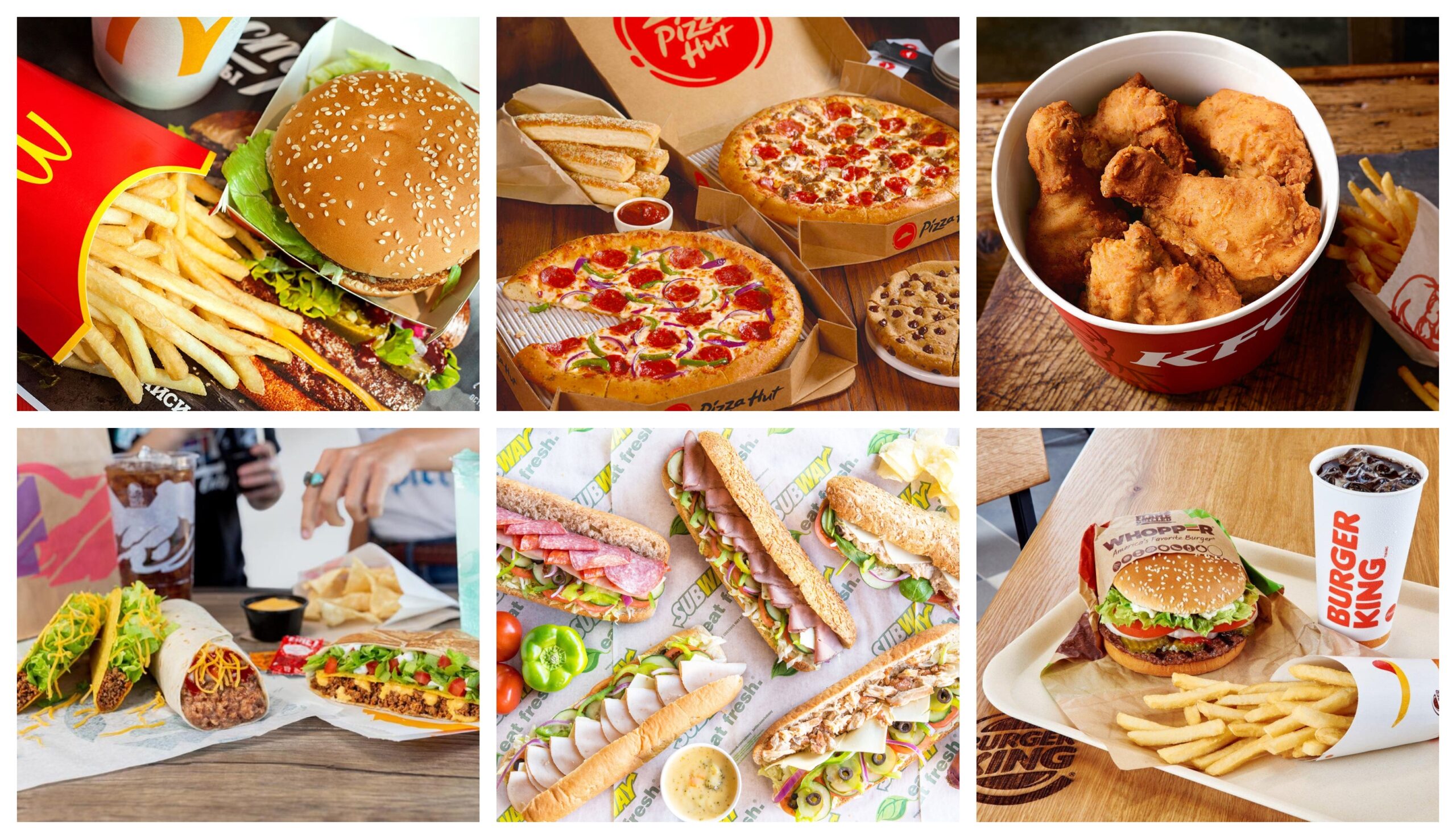Executive Summary: The global food service industry, a cornerstone of the hospitality sector, comprises various establishments that serve meals and beverages to customers, ranging from quick-service restaurants (QSRs) and casual dining to fine dining and catering services. After facing significant disruptions due to the COVID-19 pandemic, the industry has shown remarkable resilience, adapting to new consumer behaviors and leveraging technology for recovery and growth. This report provides an overview of the industry’s current state, emerging trends, key challenges, and future outlook.
Industry Overview: The food service industry is a broad and diverse sector that plays a vital role in the global economy. It not only caters to the basic need for food but also significantly contributes to employment and has a substantial socio-economic impact. The industry includes establishments such as restaurants, cafés, food trucks, catering, and institutional food services.
Market Size and Growth: As of 2024, the global food service market has been on a path of recovery and growth following the downturn experienced during the pandemic. The industry’s market size is projected to reach new heights, driven by increased consumer spending on dining out and the continued expansion of food delivery services. The global market, which saw a contraction in 2020 and 2021, has been forecasted to exhibit a robust Compound Annual Growth Rate (CAGR) from 2022 to 2027, underscoring a significant rebound.
Key Trends:
- Digital Transformation: Online ordering, digital payments, and delivery platforms have become integral, reshaping the way businesses interact with customers. Technology adoption for operational efficiency, including inventory management and customer relationship management (CRM) systems, is on the rise.
- Sustainability and Ethical Practices: Increasing consumer awareness about environmental and ethical issues has led to greater demand for sustainable practices, including waste reduction, sourcing of local and organic ingredients, and eco-friendly packaging.
- Health and Wellness: There is a growing consumer preference for healthier food options, with a focus on nutrition, fresh ingredients, and dietary diversity. This trend has spurred menu innovation across the sector.
- Experiential Dining: Consumers are seeking unique and immersive dining experiences. Restaurants are innovating with theme-based decors, interactive dining, and personalized services to attract customers.
Challenges:
- Labor Shortages: Finding and retaining skilled staff remains a significant challenge, exacerbated by the pandemic’s impact on the workforce.
- Supply Chain Disruptions: Fluctuations in supply chain dynamics have led to increased costs and challenges in sourcing ingredients, impacting profitability.
- Health and Safety Regulations: Post-pandemic, food service establishments continue to navigate evolving health and safety regulations, requiring ongoing adaptation and investment.
Future Outlook: The global food service industry is expected to continue its trajectory of recovery and growth, propelled by innovation, digital integration, and changing consumer preferences. However, success in this evolving landscape will require businesses to be agile, customer-centric, and technologically adept. Embracing sustainability, focusing on health and wellness, and enhancing the dining experience will be key to attracting and retaining customers. Despite facing ongoing challenges, the industry’s outlook remains optimistic, with ample opportunities for expansion and innovation.
In conclusion, the global food service industry is poised for a vibrant future, marked by resilience, adaptability, and a relentless pursuit of meeting the evolving needs and preferences of consumers worldwide.
Read: Global Food and Beverage Market Report



